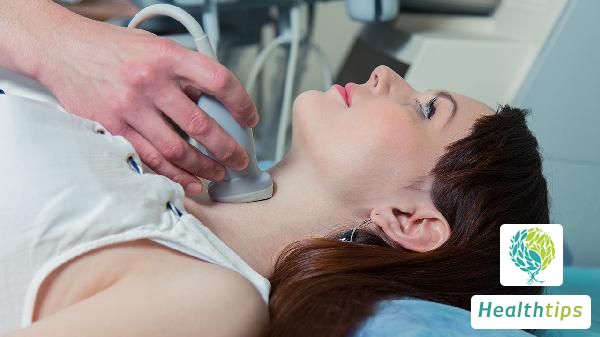What Is the Sleeping Position for High Muscle Tone?
High muscle tone during sleep is typically manifested by crossed legs, legs pressed tightly against the chest, some exhibiting convulsive movements, and others displaying abnormal upper limb movements in addition to crossed legs. High muscle tone is characterized by abnormal contractions, and the severity of sleep posture abnormalities varies depending on the degree of muscle tone elevation. Generally speaking, higher muscle tone results in greater resistance. Depending on the level of elevation, some patients may display crossed legs, others may press their legs tightly against their chest, some may exhibit convulsive movements, and still others may have abnormal upper limb movements along with crossed legs. Overall, different degrees of elevated muscle tone lead to varying clinical manifestations of sleep posture. However, it is important for patients with high muscle tone to adopt comfortable sleeping positions, which are beneficial for their sensation and help mitigate the negative effects caused by high muscle tone.

1. Hypertonia can lead to abnormal posture, often a typical manifestation of high muscle tone in infants, such as crossed legs caused by hypertonia of the adductor muscles of the lower limbs. 2. Myotonia refers to significantly increased and persistent muscle tone, similar to convulsions, which is often a manifestation of severe hypertonia in infants, such as decerebrate rigidity. 3. Incoordination of muscle tone refers to an imbalance between extensor and flexor muscle tone, often resulting in athetosis.
High muscle tone poses significant harm to patients. Children with high muscle tone are more easily irritated, startled by sounds, cry continuously, have difficulty falling asleep, struggle to insert their arms into sleeves when dressing, have difficulty separating their legs when changing diapers, and find it challenging to open their fists while bathing. When their lower limbs touch the bathtub or water surface, their entire body immediately adopts a rigid posture. Children with high muscle tone often have straight, adducted, and crossed lower limbs, resembling a scissors-like shape.



















